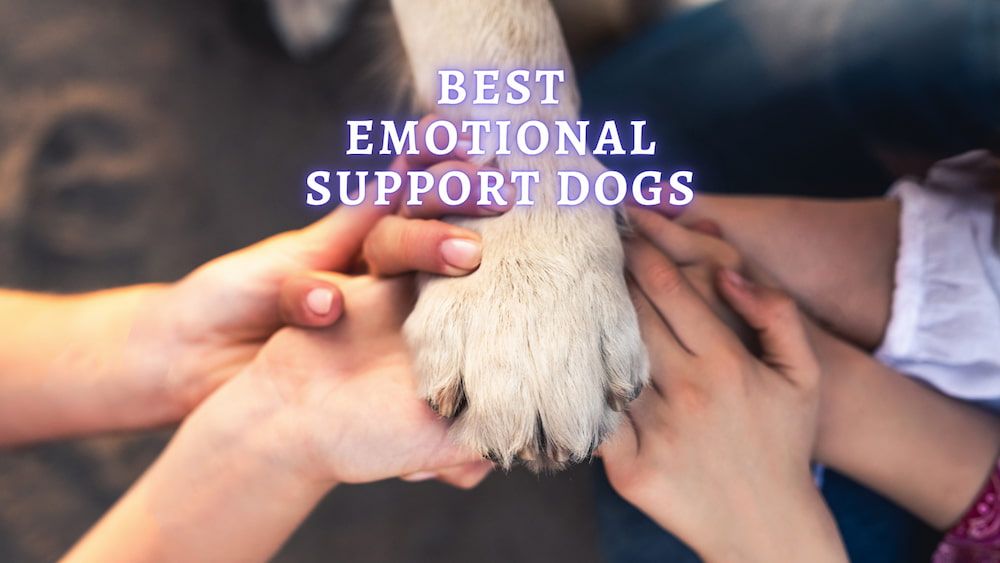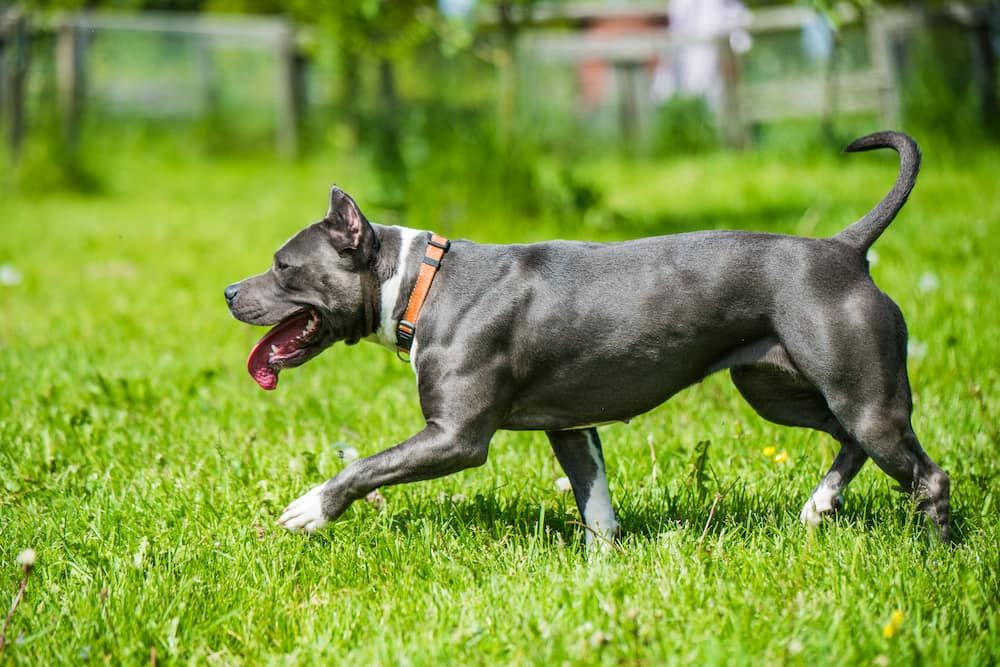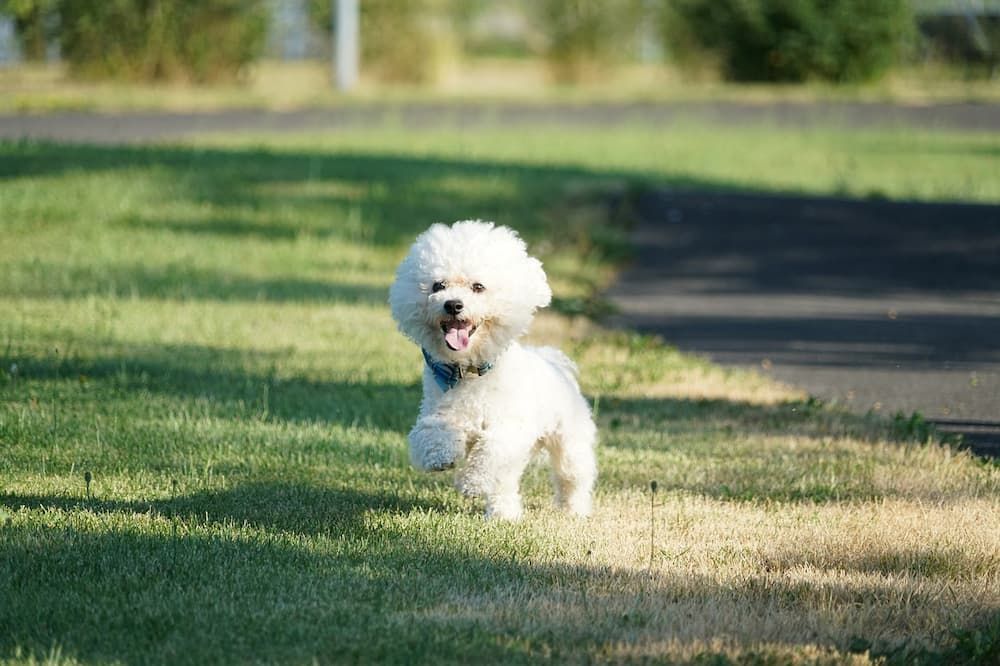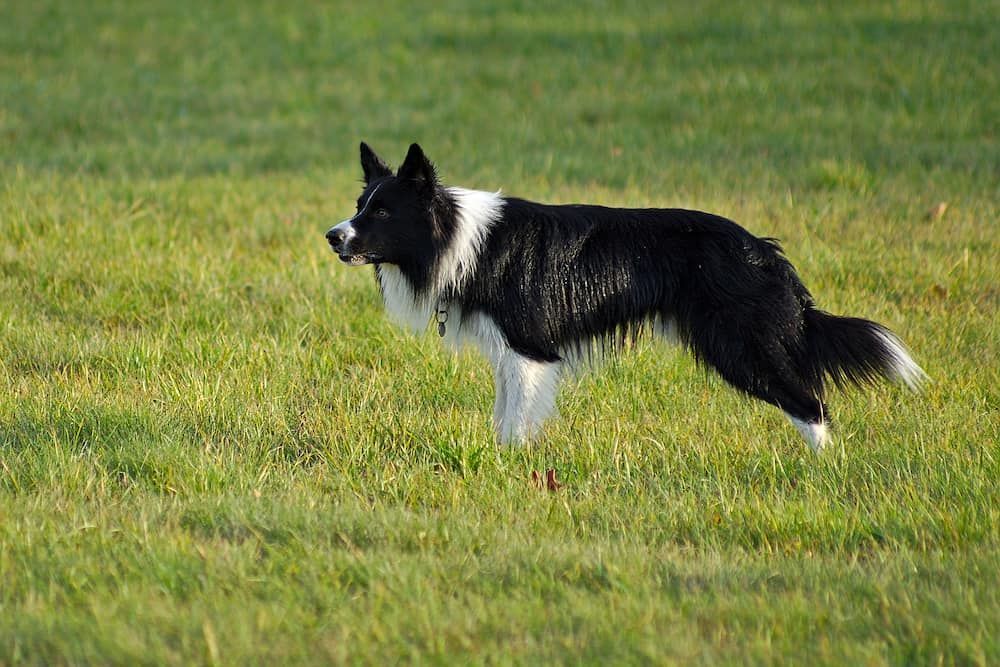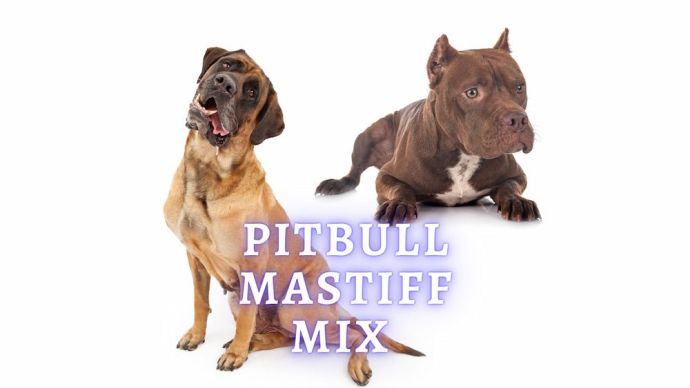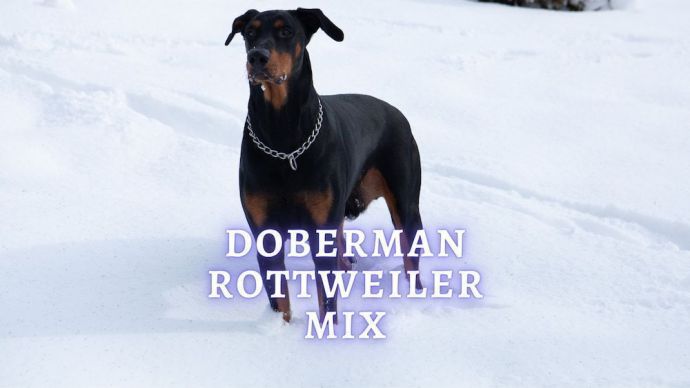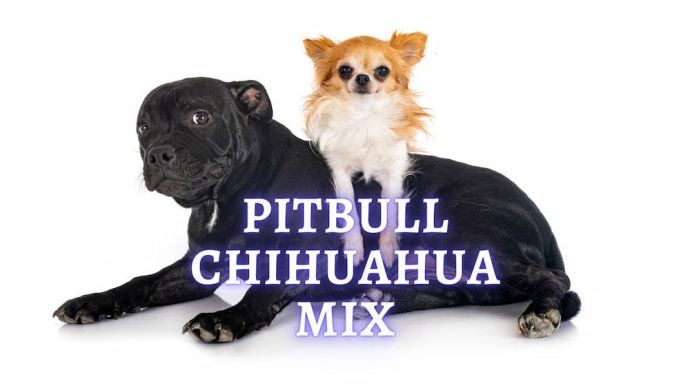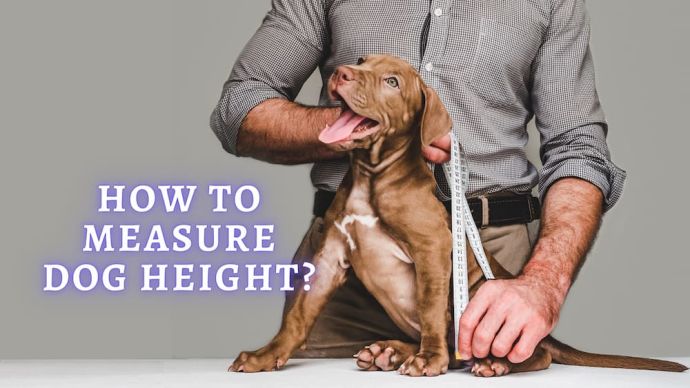Best Emotional Support Dogs: 16 Best Breeds for Emotional Support Dogs
Written by:
Author: Vicki Smirnova
Vicki Smirnova is a professional writer and editor who adores animals and helps readers get along well with their pets. She has been working in digital media for more than 5 years and has great experience writing content about lifestyle, including pets. Vicki specializes in dog health and nutrition, cat feeding, dog training. She is an aquarium lover and is passionate to write about fish care at home. Also, Vicki headed several websites and worked as a news editor.
View all 245 articlesLearn about our editorial process and veterinary review board.
Viewed: 91
Updated on: 04/29/2023
In America, there are three types of working dogs for civilians: service, therapy , and emotional support. An emotional support dog is designed to help a person in everyday life: it is allowed in public places and can live with you in a complex that does not allow animals without special status. What is the difference between these three types of pets? What myths and misconceptions exist in our society? And how do you document issues if you really need a support animal?
The differences between service, support, and therapy dogs
The most common in the US are emotional support animals (ESA); in fact, they can be almost any animal, but, more often than not, they are dogs or cats. ESAs provide emotional support to their owners and help them stabilize their mood (mental health). These dogs do not require special training. ESA pets can accompany their owners on airplane flights and do not have to be paid for in a rented apartment.
A therapy dog is a pet that has been trained to provide comfort to strangers in public places. These dogs are not protected by the Federal Housing Act or the Americans with Disabilities Act. They also do not have public access rights, except for the places they visit and work in. For example, in some libraries in Sacramento, therapy dogs come to the reading rooms at certain hours so that children can read books to the dogs. Thus, the child relaxes, begins to love reading more, and is not afraid to read aloud. This therapy has an international name – canistherapy.
Therapy dogs undergo several tests to ensure they are fit for the job. These tests evaluate their ability to block out distractions, feel comfortable around people with a variety of disabilities and feel comfortable and walk in new and unfamiliar places.
Service animals can only be dogs and are subject to stringent requirements. Official sources say that Labradors or Border Collies can be service dogs. Given the local characteristics of mixing breeds, fulfilling these requirements is blurred; for example, you might also see a German Shepherd or a Maltese lapdog.
A service pet is an animal specially trained to perform tasks that a person with a disability needs. In addition, the service dog is trained to behave well in public places and in any environment.
Unlike service dogs, emotional support animals cannot access public places. They, unlike service dogs, are not trained to perform tasks but can simply be a companion to a person with a mental illness, for whom the presence of a pet can alleviate symptoms due to depression or panic attacks. A person with an emotional support animal might rent an apartment where pets are not allowed or might take their dog on a plane if they have a fear of flying. It is not allowed to take such a dog with you to public places. This can only be done by service pet owners.
Characteristics of an emotional support animals dog breeds
People with mental or emotional problems have begun to use dogs as psychological support companions because these pets help them stay productive throughout the day. These petgs provide unconditional love, acceptance, comfort, and a sense of structure for people whose lives may have been turned upside down by trauma.
Emotional support dogs do not have to follow any special commands – they only provide their “help paw” in a difficult situations. An emotional support dog provides emotional support to its owner and helps stabilize the person’s mood (mental health).
In the US, the right to travel with an emotional support dog is an air travel law. And the Anti-Discrimination in Housing Act of 1988 helps owners of such animals find housing that prohibits keeping animals. That is, ESA animals have the right to accompany their owners when flying by plane and do not have to pay extra for them in rented apartments.
A psychiatrist, therapist, or psychologist needs to evaluate the person’s condition and conclude that the presence of a dog can help his/her mental health. This formal process allows people some additional benefits, such as getting a cabin on flights or placing a pet in a house or apartment that has a “PET FREE” rule.
Such a recommendation is often given to war veterans and victims of psychological and/or physical abuse. Psychological support pets are provided, for example, to people with the following conditions – PTSD (post-traumatic stress disorder), anxiety, panic attacks, depression or suicidal tendencies. [1]
What breeds are the best emotional support dogs?
1. Labrador Retriever
Labradors are the most dedicated dogs for emotional support, therapy, and service. These dogs have a strong desire to please and can flawlessly adjust to their owner’s mood, sharing their best and worst moments. This breed is suitable for people who need a companion to get out of the house, and Labradors feel great exploring the world around them.
2. Golden Retriever
Retrievers have long been considered one of the most popular dogs in the US, both as emotional support animals and as pets in general. They are very patient and friendly, making them suitable companions for people with health problems.
3. Standard Poodles
The poodle is cheerful, playful, charismatic, and able to turn even the gloomiest day into a holiday. They are ready to run and play tirelessly, so they need a family in which at least one person will not burdened to spend at least an hour a day in the fresh air.
4. The Great Pyrenees
These dogs are known for their huge size and white coat, but they are also known for their protective instincts. The Pyrenean Mountain Dog loves unconditionally and will always save their owner from harm.
5. Yorkshire Terrier
These pets expect a lot of attention from their owner, but they also give it back tenfold. They are easy to travel with, and if people on trips need emotional support, then this breed would be a good option.
6. Cavalier King Charles Spaniel
The Cavalier King Charles Spaniel is like a living toy. These dogs love to cuddle and are very friendly. In the homeland of this breed, they are often called “comforter dogs.” The Cavalier is happy to communicate with its beloved family members and will also be happy to accompany them on long walks.
7. Great Dane
These dogs are considered kind, moderately playful, and affectionate giants who get along well with children. They guard their home and usually get along well with other animals, especially if they have grown up together; however, some of them may be aggressive towards unfamiliar dogs.
8. American Staffordshire Terrier
These dogs have been unpopular for years – the unfortunate result of being raised by bad owners and having a bad reputation. But these friendly, loyal dogs are incredibly good at providing emotional support. With proper training and socialization, these dogs generally get along with most people in a variety of situations.
RELATED: American Staffordshire Terrier vs Pitbull:
9. Pembroke Welsh Corgi
These affectionate dogs get along well with people of all ages, and their intelligence allows them to achieve high results in training. But this breed needs mental and physical exercise, so take this into account if you want to get a Corgi.
RELATED: Cardigan vs Pembroke Corgi Comparison
10. German Shepherd
German Shepherds are very fond of being given some work to do, which is why they are often chosen as working pets. Their intelligence and desire to please also make them worthy companion in emotionally helping a person. Most German Shepherds love to interact with their owners, and with enough training, they can make great companions in public places.
11. Pomeranian
They are lively and energetic little dogs that are very devoted to their families. The Pomeranian loves to be carried and given a lot of attention. Pomeranians make excellent guard dogs because they have a loud bark. Despite the gentle and affectionate nature of the dog, it must be observed when in contact with children, especially small ones. Leg fractures are not uncommon in this breed.
12. Bichon Frise
These lively, cheerful little dogs love family life. They love to accompany the family on hikes, but they can be taught to be alone sometimes. They are well-socialized and thrive in the company of other dogs and pets.
READ MORE: All About Bichon Frise
13. Havanese
The Havanese is a lively, outgoing, friendly, and affectionate dog. As expected from a lap dog breed, it loves people and small children and is happy to be in their company. The dog will suffer if it is regularly left alone for long periods of time.
14. English Bulldog
The English Bulldog is a pet with a calm temperament and balanced character. Dogs of this breed are easily trained and mobile but can be lazy and love to sleep. English Bulldogs are fearless and difficult to scare. They are distinguished by perseverance, sometimes bordering on stubbornness. Bulldogs are favorites of the whole family, including children. They are incredibly devoted to their master and greatly yearn for him/her when separated.
RELATED: 20 World’s Calmest Dogs
15. Collie
Collies show a friendly disposition and are almost never nervous or aggressive. They are cheerful dogs that bond very closely with their families. They are good home protectors but will warmly welcome invited friends. The Rough Collie learns very quickly and loves to learn new tasks in the course of training.
16. Chihuahua
The Chihuahua is a micro-sized dog with a ton of personality that can help anyone struggling with mental health issues. Chihuahuas have a clingy personality and are the type of dogs that will spend all its time wanting its owner around. It can be put into a carrier on a trip and comfort you.
Why are dogs preferred as the best emotional support animals?
An emotional support animal can be any pet that provides companionship and comfort for people with psychological disorders. Generally, these are dogs, but sometimes they are cats or other animals. Emotional support animals do not receive specific training for physical assistance to humans and do not belong to the service dog category, as their task is for emotional and psychological support.
Can an emotional support animal go anywhere with you?
Dogs help people cope with difficulties that might otherwise reduce their quality of life. However, there are ways to formally and legally recognize an emotional support dog. According to the American Kennel Club, a dog can be an ESA animal if a licensed psychotherapist prescribes the animal to a person struggling with mental health issues.
Animals can provide emotional support to their owners, thereby providing a therapeutic effect. Without any prior preparation, they will ease anxiety and bring comfort in social settings. All dogs can help. And certain breed traits can show how successful a dog will be as an ESA. Mainly, they should be soft to the touch and have an easy disposition; they lend themselves well to learning and are very sociable.
How to make your dog an official emotional support animal
To be an emotional support animal in the US, the owner must have an emotional or mental disability certified by a mental health professional, such as a psychiatrist, psychologist, or other licensed mental health provider.
A psychiatrist, therapist, or psychologist should evaluate your condition and conclude that the presence of a dog would help your mental health. The formal process allows you to get some additional benefits, such as getting a cabin on flights or placing a pet in a house or apartment that has a “PET FREE” rule. There is no age or breed limit on the dog, although some species have traits that make them more suited to the role.
An animal becomes an emotional support after the owner receives a written recommendation from a therapist or psychiatrist. This recommendation is not limited to war veterans or victims of violence. For example, the stress of immigration may also become a reason why a person needs the support of a pet.
For owners of emotional support animals, there are no restrictions on age, marital status, or immigration status. But a prerequisite, which is valid from January 1, 2019, is that the ESA must be older than four months; this is for the pet’s safety because, at this age, all vaccinations have not yet been made, and, accordingly, it is too early to travel. In addition, no more than one ESA is allowed per person; that is, if you have two cats with whom you cannot move into an apartment, you will have to prove (at an appointment with a family doctor or a behavioral health specialist) that support is needed – not only for you but also for someone else in the family, such as a husband, wife, child or grandmother.
If you live in a location with an active no-pets policy or are considering moving to a similar location, you must request reasonable accommodation for your ESA. Your landlord may ask you for documentation from your doctor or therapist to show that you have a medical condition. In addition, confirmation that the ESA helps you manage at least one symptom of such a health condition is necessary. [2]
READ MORE: Should My Dog Wear Service Dog Vest?
Frequently asked questions:
What dog breed is best as an emotional support dog?
The most suitable emotional support dog breeds are: Labrador retriever, Golden retriever, Standard Poodles, Great Pyrenees, Yorkshire terrier, Cavalier King Charles spaniel, Great Dane, American Staffordshire Terrier, Pembroke Welsh Corgi, German Shepherd, Pomeranian, Bichon Frise, Havanese, English Bulldog, Collie, and Chihuahua.
What is the best pet for an emotional support animal?
Dogs are best at helping with anxiety and other human mental illnesses. They also help with depression. They increase the production of oxytocin, which reduces stress and fear. These things help with mental illnesses of all kinds.
What is the best pet for anxiety and/or depression?
The first place in the ranking of “antidepressant animals” is occupied by dogs: according to independent studies from different countries, their owners are less prone to develop depression. So, scientists from Japan and the US found that communication with pets can be equated to communication with loved ones.
What is the most empathetic dog?
Several dog breeds are considered the most kind and empathic in the world: Labrador retriever, Golden retriever, Bichon Frise, Collie, Poodles, Yorkshire terrier, Cavalier King Charles spaniel, Pembroke Welsh Corgi, and Pomeranian.
Article Sources:
- “Table of State Service Animal Laws.” Animal Legal & Historical Center, animallaw.info/topic/table-state-assistance-animal-laws.
- “Disabilities and Medical Conditions.” Transportation Security Administration, tsa.gov/travel/special-procedures.
 Dog Breeds Aussiedoodle: Breed Info, Personality, Activity Level and Life Span
Dog Breeds Aussiedoodle: Breed Info, Personality, Activity Level and Life Span - 1087
- 0
 Dog Breeds Golden Retriever Husky Mix: Goberian Dogs Personality, Care and Adoption
Dog Breeds Golden Retriever Husky Mix: Goberian Dogs Personality, Care and Adoption - 597
- 0
 Dog Breeds Bernedoodle: Bernese Mountain Dog and Poodle Mix Personality, Temperament, Grooming and Adoption
Dog Breeds Bernedoodle: Bernese Mountain Dog and Poodle Mix Personality, Temperament, Grooming and Adoption - 520
- 0
 Dog Veterinary Tips Why is my Dog throwing up: Causes and Preventing (Veterinary Advice)
Dog Veterinary Tips Why is my Dog throwing up: Causes and Preventing (Veterinary Advice) - 21356
- 5
 Dog Care My Dog Keeps Scratching His Mouth: Reasons Why Your Dog Scratching Face
Dog Care My Dog Keeps Scratching His Mouth: Reasons Why Your Dog Scratching Face - 16542
- 1









